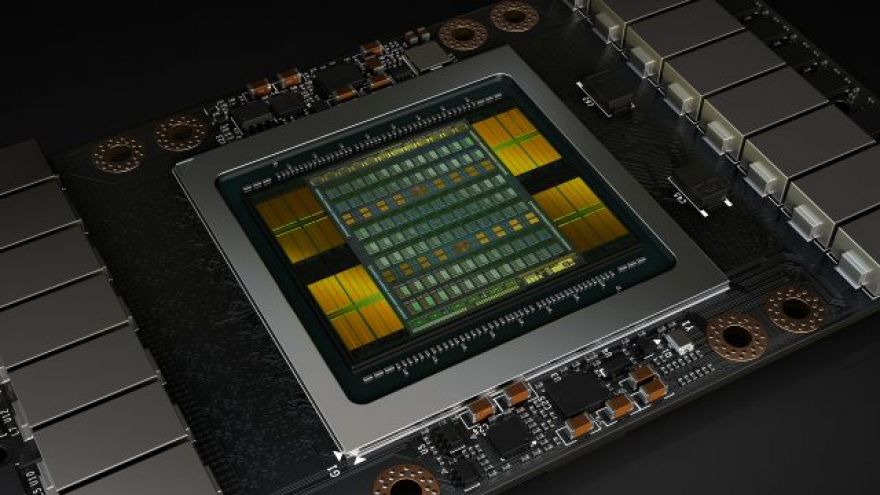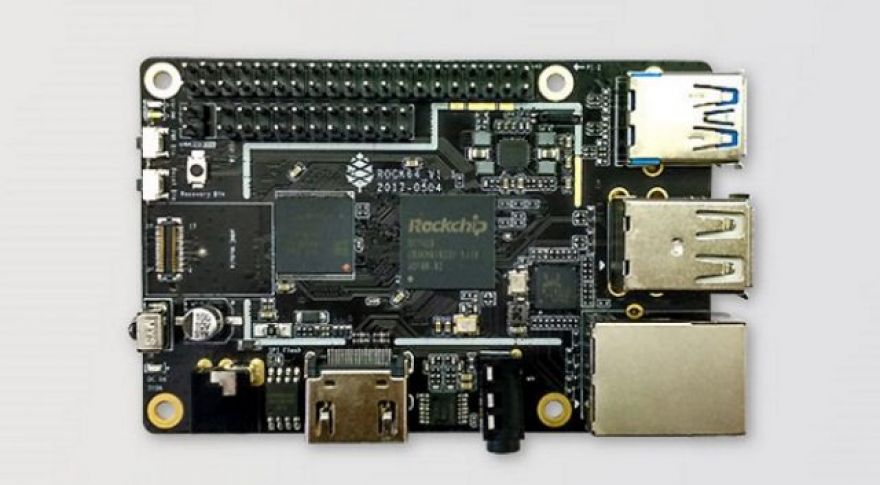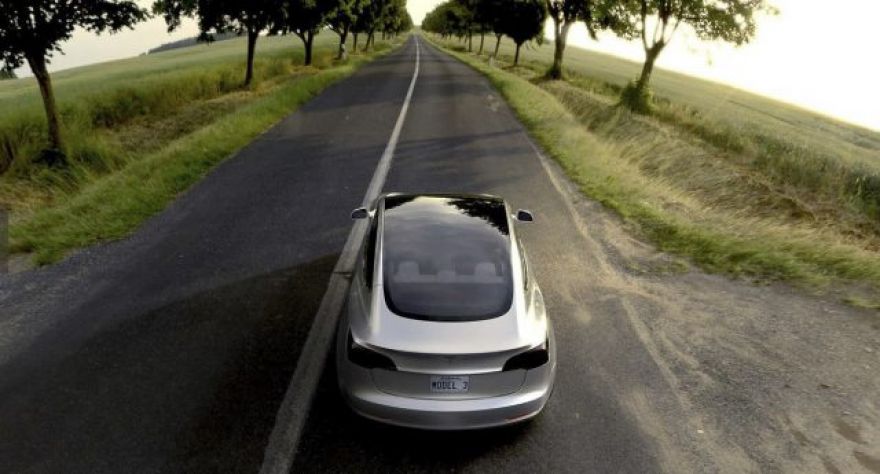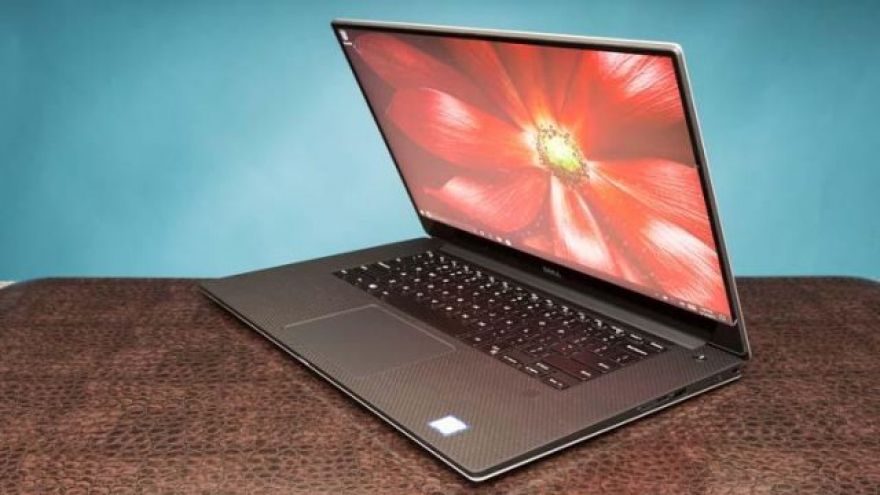
The Foundation for Responsible Robotics has released an extensive report on the current state of the sex robot industry — including the ethical and moral considerations surrounding the use of such robots, the need for privacy and data protection, and other information that may make the less libertine of readers a wee bit uncomfortable. This might sound like the beginning of a joke post, but some of the issues raised by the FRR are worth consideration in their own right. Early studies suggest that there’s a definite market for a robots with a decidedly different definition of “human-cyborg relations” than what C3PO was referring to back in Star Wars.

Quantum entanglement is one of the most counter-intuitive and perplexing effects in modern physics. Two objects can be separated by great distances, yet they share the same quantum states. Famed physicist Albert Einstein once described the process of affecting an object in this way as “spooky action at a distance,” and a team of Chinese scientists just took spooky into space. For the first time, quantum “teleportation” has been . China launched its Micius research satellite last year to study the limits of quantum entanglement. The Long March 2D rocket deposited its payload in Sun-synchronous orbit, meaning it passes over the same point on Earth at the same time each day.

Historically, GPUs have been designed as monolithic dies with all of their functionality under one ‘roof.’ This hasn’t always been the case — the earliest GPUs sometimes used separate chips for specific functionality. Both AMD and Nvidia have, at various times, used different cores to provide support for additional monitors or to bridge connections between PCI Express and AGP. As far as the core components of the GPU itself, however, those have been single-die affairs for a long time. That’s why it’s a tad surprising to see Nvidia is now evaluating the possibility of a multi-chip GPU that would communicate with other parts of the core, in something like an MCM (Multi-Chip-Module).

The RED Digital Cinema Camera Company is responsible for manufacturing some of the most cutting-edge cameras on the market, but its recent phone announcement is going to raise eyebrows nonetheless. According to the company, its upcoming product — the RED Hydrogen One — represents the “world’s first holographic media machine in your pocket. No glasses needed. With one fell swoop… the future of personal communication , information gathering, holographic multiview, 2D, 3D, AR/VR/MR, and image capture just changed forever.” The company continues, with PR speak so intense you can practically , “This incredible, retina-riveting display features nanotechnology that seamlessly switches between traditional 2D content, holographic multiview content, 3D content, and interactive games….

Google has stepped up its efforts to secure Android in recent years, but exploits are bound to happen with billions of devices out there. Security firms are reporting on a particularly successful strain of malware called CopyCat, which , and successfully gained root access on about 8 million of them. The goal of this scheme was to make money from fraudulent ads and app installs, and the malware creators probably made a lot of it. CopyCat was distributed covertly inside a number of popular apps that were repackaged and posted in third-party app stores. No instances of it have appeared in the Play Store, likely because the exploits it uses are known to Google and would have been easily detected.

There’s a new competitor in town for the Raspberry Pi 3, and it may prove a better fit for certain types of workloads. The Rock64 (sold by Pine64) is similar to the RBP3 in several respects: Both chips use a Cortex-A53 CPU, though it’s almost impossible to determine how high the Rock64 is actually clocked. The data isn’t on the Wiki or site page, and the only reference I could find was buried in the actual manufacturer documentation, where it notes that the maximum clock speed of the Cortex-A53 quad is 1.4GHz (the RBP3 ). The GPU is a bit of a puzzle.

There’s a pair of seemingly contradictory events happening for Tesla right now. On the one hand, the first Tesla Model 3 supposedly rolled off the assembly line this week, a major achievement for the company. Given the company’s huge valuation and its long-stated goal of building the Model 3 as the first “mainstream” electric vehicle for the masses (a goal since arguably surpassed by other manufacturers), you’d think investors would be thrilled. Instead, the stock has taken a hammering over the past seven days, leaving GM once more in the position of the world’s most valuable car manufacturer. What gives? Several things.

Traditionally, setting up Wi-Fi over a large area required a fair amount of sophistication. Doing it inexpensively often required repurposing low-end routers to avoid the high cost of dedicated access points (APs). That situation has changed dramatically, with literally dozens of companies now offering some type of mesh networking system that provides plug and play wireless access suitable for larger homes and small offices. Why mesh networking? When it works, having a mesh of Wi-Fi access points provides an easy-to-administer system with seamless coverage and quick transitions from one AP to another as devices move around. Some mesh network systems also only require one wired node, with the remainder talking to each other wirelessly.

Digital video editing has long been associated with massive machines packed with the most expensive components on the market, and with good reason. Dark and musty rooms crammed with tens of thousands of dollars worth of equipment have been par for the course in the realm of high-end editing for decades. However, that’s been changing in recent years as laptops have become much more powerful. No longer are editors lashed to desks while working on a new project. Instead, they can actually join the rest of the world, and edit on the go. Gigantic towers aren’t the only game in town anymore.









